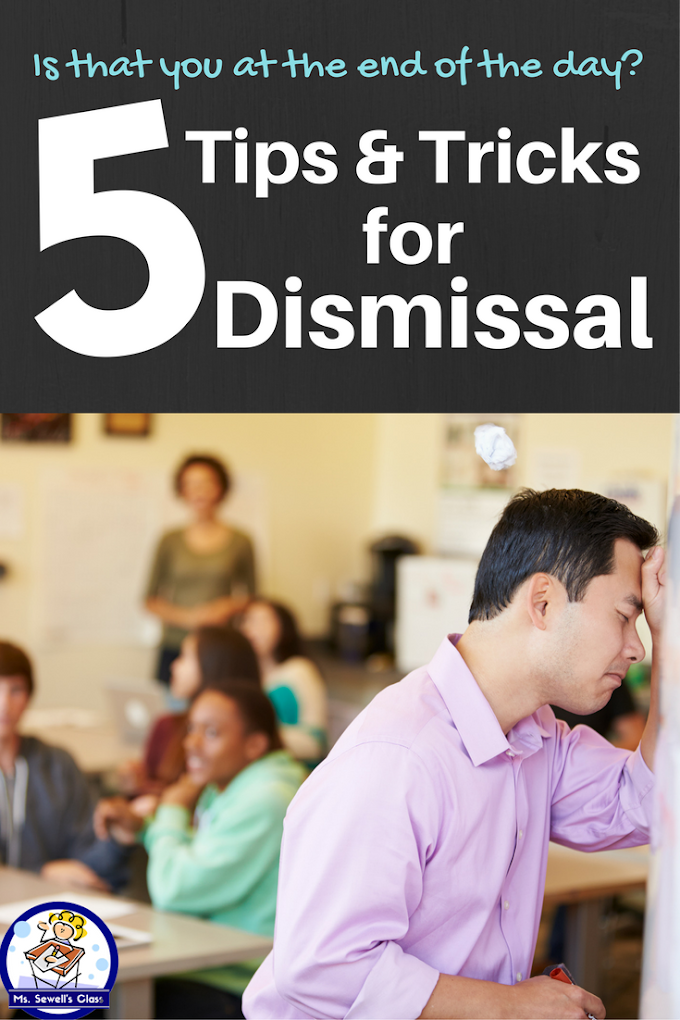Should I have cereal or oatmeal for breakfast?
Should I pack my lunch or buy one at work?
Should I drink coffee this morning or not?
Heh, heh. Ok, you're right. That last one wasn't a choice.
Students love choices too. I've found choice can motivate some of my most challenging students. Choice has saved me from many a power struggle in class.
"You have two choices: You can stop ripping up your assignments and join us or you can clean up your mess during recess and make up the work."See. Life's all about choices, and over the years, I've learned a lot about how to incorporate choice.
Check out my top 5 resources, tips, and tricks below!
- Show Me the Money Project: In my TpT store this is called "Student Selected, Culminating Activities to Show Learning." Fancy, huh? It's basically a fun way for students to share their end of unit knowledge by choosing various projects.

Why the money theme? Students spend "$50" by choosing projects with various degrees of difficulty. They can choose across the board, but must spend all $50.
For example, they could make four $10 projects and two $5 projects.
Or, they could complete ten $5 projects or one $50 project.
Direction sheets are included for each project plus a rubric to make your life easier!
2. Work Completion Choice: This is an easy way to incorporate choice in math when students have a whole long page of problems to complete and are groaning incessantly. Simply give them a limited number to complete. For example, if a page has 20 problems, let them pick their favorite 15. If they do anymore, I consider it *bonus*. My class always loved working toward a bonus. Did a bonus mean anything? Of course not. Although, your bonus could.
 3. B-I-N-G-O!: To motivate my class to complete their spelling work, I created bingo sheets with various practice activities. Students had to complete a set number of activities to get bingo. Check out my upper grade bingo here and primary bingo here.
3. B-I-N-G-O!: To motivate my class to complete their spelling work, I created bingo sheets with various practice activities. Students had to complete a set number of activities to get bingo. Check out my upper grade bingo here and primary bingo here.
4. R.A.F.T.'s: If you haven't heard of R.A.F.T.'s, you're sinking. Just kidding. But seriously, R.A.F.T.'s are fantastic tools to motivate reluctant writers. One of my favorite writing resource websites, writingfix.com has a more thorough explanation of R.A.F.T.'s, as well as a R.A.F.T. generator.
This writing tool provides a structure that students can choose from. The acronym stands for:
R=Role, A=Audience, F=Format, T=Topic.
Each letter contains a list of choices, and students decide how they'll do their writing.
I've come up with a few science themed R.A.F.T.'s that you can check out here. It's a great way to integrate content objectives with writing.
5. Reading Choice: Last but not least, choice in reading. This may be the most important type of choice on my list. I believe students should have a lot of choice when it comes to the books they read. However, I also believe they should get practice at their appropriate reading level. How can that be balanced? Through a method I call "Controlled Covert Choice." (I didn't actually call it that, but I should have).
Let's say I was starting a book club and wanted students to choose their book, but also wanted to consider their reading level. I would create a worksheet with a set of book blurbs, based on book club options, by finding a picture of the book and summary of it online. Then students would pick their top 5 books and number them 1,2,3,4,5.
Notice the small letter in the corner? Good job, detective! That would tell me the level of the book, and later, when I could look at all the students' selections, I could form groups based on level and interest. Students would always be in a group with a book of their choosing. Sneaky, huh?
So to summarize, choices really do make the world go round. I mean, not technically, but you can worry about that in science class.
 |
| Work Completion Example |
 3. B-I-N-G-O!: To motivate my class to complete their spelling work, I created bingo sheets with various practice activities. Students had to complete a set number of activities to get bingo. Check out my upper grade bingo here and primary bingo here.
3. B-I-N-G-O!: To motivate my class to complete their spelling work, I created bingo sheets with various practice activities. Students had to complete a set number of activities to get bingo. Check out my upper grade bingo here and primary bingo here.4. R.A.F.T.'s: If you haven't heard of R.A.F.T.'s, you're sinking. Just kidding. But seriously, R.A.F.T.'s are fantastic tools to motivate reluctant writers. One of my favorite writing resource websites, writingfix.com has a more thorough explanation of R.A.F.T.'s, as well as a R.A.F.T. generator.
 |
| Example of a R.A.F.T. Science Writing Assignment |
This writing tool provides a structure that students can choose from. The acronym stands for:
R=Role, A=Audience, F=Format, T=Topic.
Each letter contains a list of choices, and students decide how they'll do their writing.
I've come up with a few science themed R.A.F.T.'s that you can check out here. It's a great way to integrate content objectives with writing.
5. Reading Choice: Last but not least, choice in reading. This may be the most important type of choice on my list. I believe students should have a lot of choice when it comes to the books they read. However, I also believe they should get practice at their appropriate reading level. How can that be balanced? Through a method I call "Controlled Covert Choice." (I didn't actually call it that, but I should have).
Let's say I was starting a book club and wanted students to choose their book, but also wanted to consider their reading level. I would create a worksheet with a set of book blurbs, based on book club options, by finding a picture of the book and summary of it online. Then students would pick their top 5 books and number them 1,2,3,4,5.
Notice the small letter in the corner? Good job, detective! That would tell me the level of the book, and later, when I could look at all the students' selections, I could form groups based on level and interest. Students would always be in a group with a book of their choosing. Sneaky, huh?
So to summarize, choices really do make the world go round. I mean, not technically, but you can worry about that in science class.











0 Comments